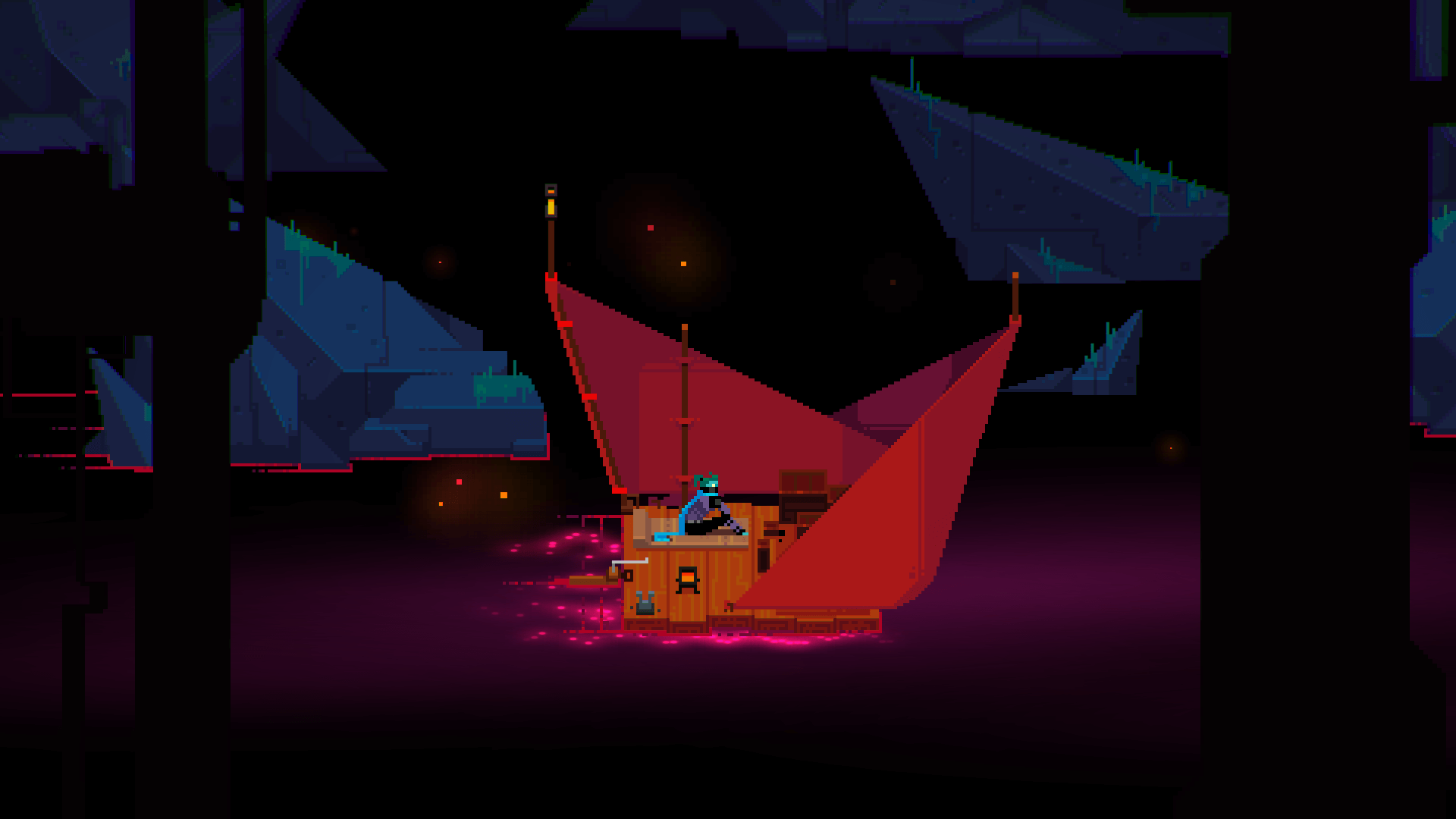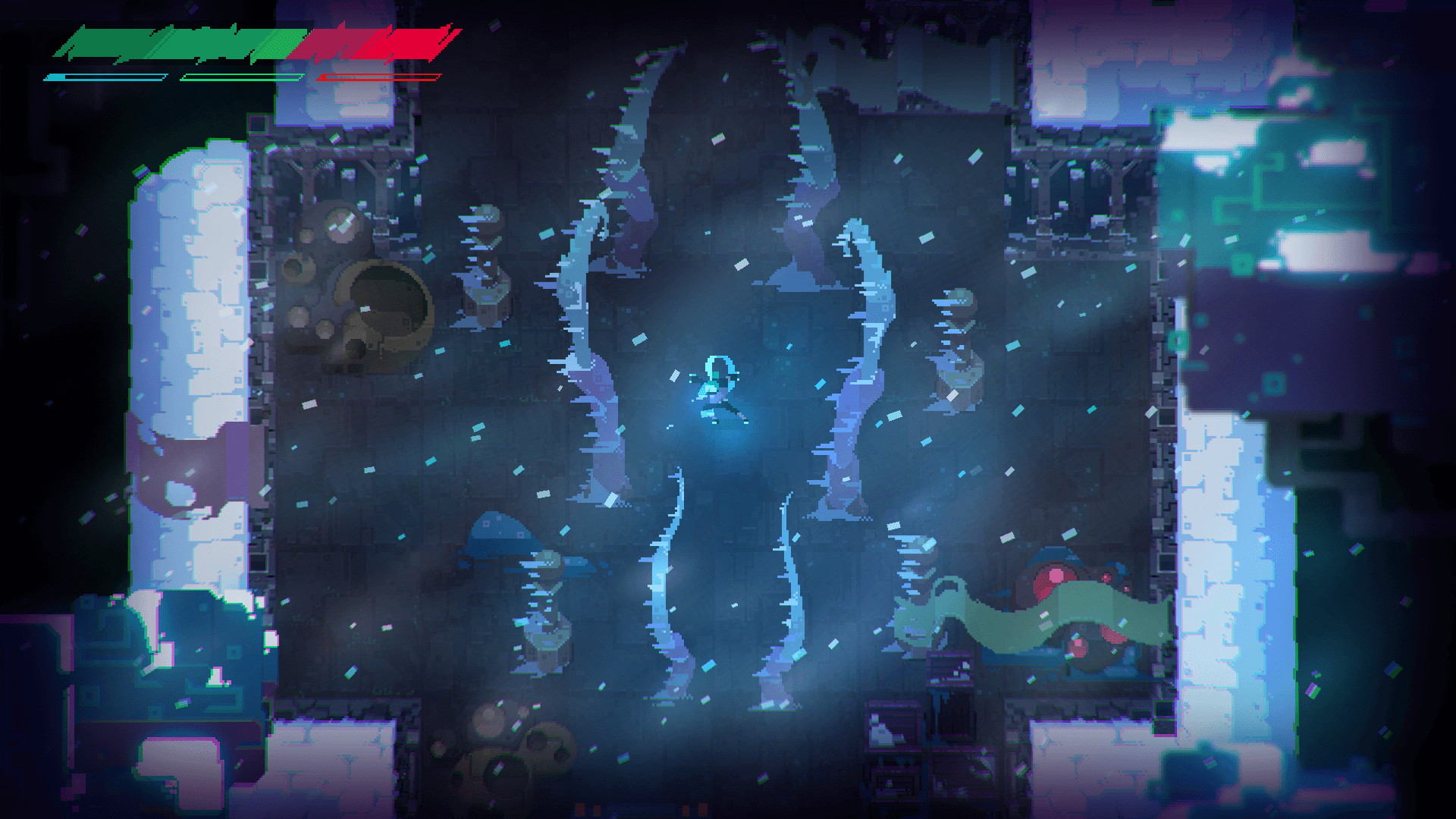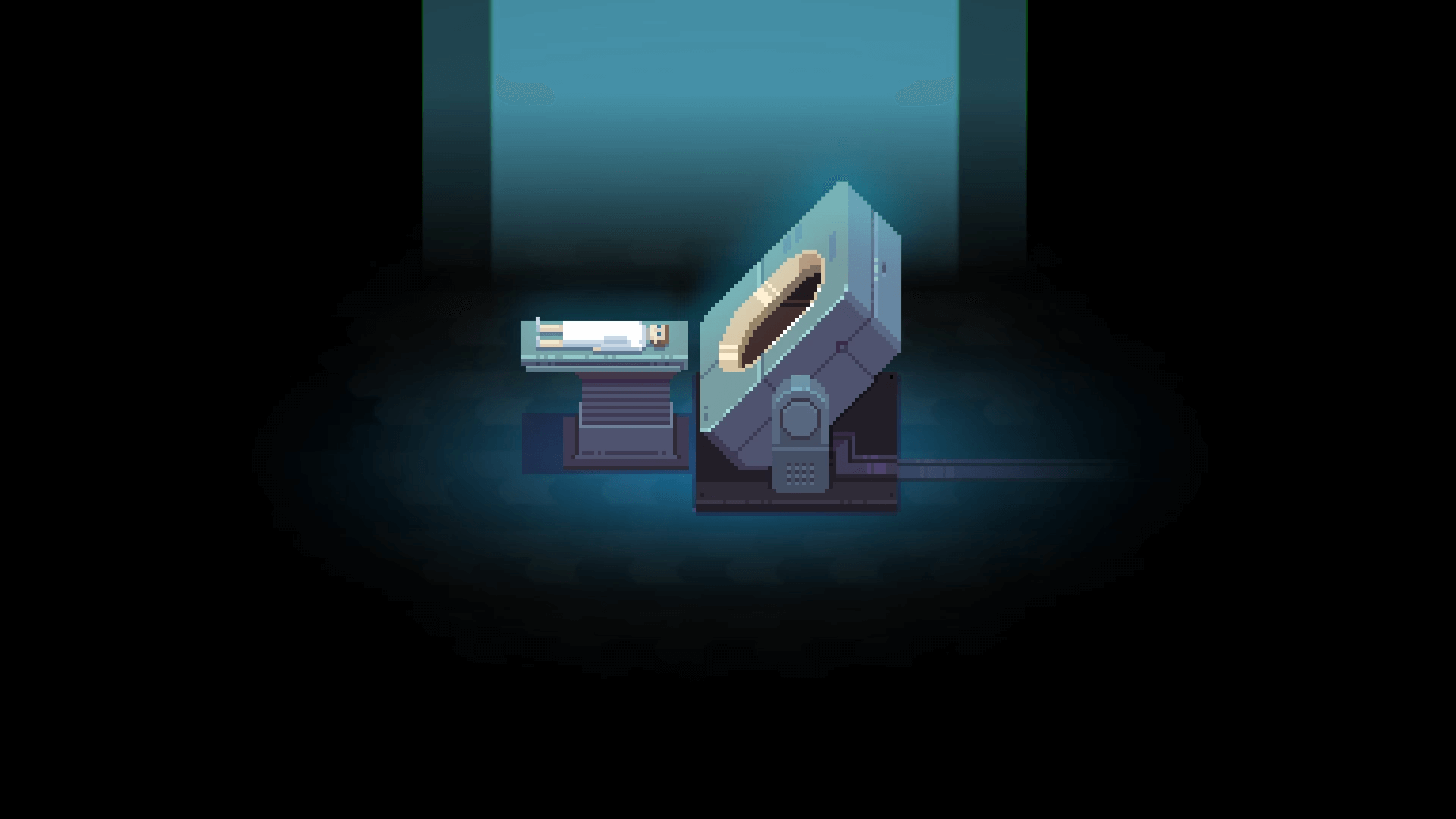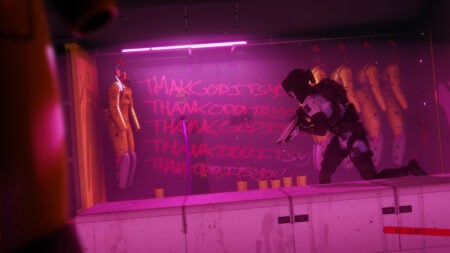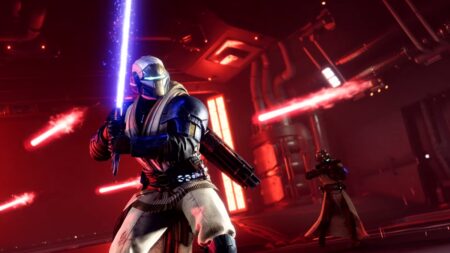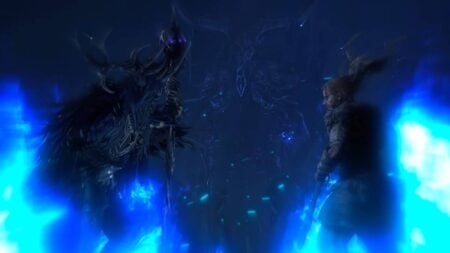Title: Phantom Trigger
Available On: Steam, Nintendo eShop
Developer: Bread Team
Publisher: tinyBuild
Genre: Hardcore Neon Slasher
Official Site: https://www.phantomtrigger.com/
Release Date: August 10th, 2010
Where to Buy: Steam, Nintendo eShop
If you’ve been waiting for a top-down slasher for the Switch, then the efforts of Bread Team shouldn’t go unnoticed. The relatively small team have put together a title that boasts an engaging combat system, a compelling story, and an engrossing world that’s easy to get lost in for a few hours. While the experience is often hampered by technical issues, Phantom Trigger is still very much worth your time.
The story takes place in the addled subconscious of a man named Stan after he’s been diagnosed with a life-threatening brain condition. The only notions of a story we get from Stan are told in scattered segments throughout each of the five distinct worlds. While much of the story is left to interpretation, experiencing Stan’s battle with personal demons alongside the Outsider’s battle against, well, actual demons gradually creates a more complete picture of what this world is and its characters represent. While these abrupt scenes can sometimes feel a little jarring, this manner of storytelling drives home just how intertwined the fates of Stan and the Outsider really are.
Traversing the neon landscape to a haunting synth soundtrack you’ll face a plethora of corrupted foes. Combat is centered around three main weapons: an ice blade for quick combos, a fiery fist for slower followup attacks and stuns, and the whip for pulling enemies close. Each weapon levels separately through use, and new moves are unlocked by reaching the specified level of each listed weapon. Your options will gradually expand with the addition of moves that all feel appropriately suited for the increasing challenges. It felt especially rewarding to work out a new combat strategy that became the new norm for dealing with certain enemy types. Replaying the game I figured out that a specific blade move was perfect for doing a lot of damage to the first boss during his vulnerable state, and these moments of discovery made repeat playthroughs that much more engaging.
Typically speaking, enemy designs synergize well with the Outsider’s moveset as a whole. Since the Outsider is given the ability to dash, most enemies attack with AOE blasts, each well-telegraphed and each requiring quick movement to effectively dodge and counterattack. Since the Outsider is given a whip that can drag enemies close for combos, most enemies have a tendency to drift away from the Outsider as he approaches. Bouncing blobs that damage the area around them are only vulnerable for a split second after landing, so eventually, a freezing blast can be used to hold them still. You can eventually settle into a kind of rhythm in how large groups are handled. Fling a projectile into the beam-firing enemy and finish him off with a whip; freeze the heavy hitter and pull the fodder in for a quick AOE blast. The tightly focused design of this moveset around the challenges you’ll be facing a large part of why the combat in Phantom Trigger is so fun.
Enemy additions throughout are relatively scarce, with most newcomers being simple palette-swapped clones with minor moveset changes. It’s great that their baseline design was so tightly focused, but an expansion on this premise into a wider variety of enemies would have elevated a great combat system even higher.
Throughout the journey, you can find a number of different mementos, which when given to the right characters at the right time can have drastic effects on the story. The fact that the conclusion to the story is reliant on you finding a handful of trinkets ends up feeling a little contrived, and is exacerbated by the lack of a map. With several different branching paths through each world, it became increasingly difficult to track my position and comfortably feel as if I was exploring each area thoroughly. Once you leave a world, there’s no way back, so if you miss one collectible, you could be locked out of a certain ending until your next playthrough. With this in mind, it’s hard to not see this lack of a map as an intentional decision made to extend your playtime. If you a miss a crucial item to see a happy ending, then you’re incentivized to begin again, scouring that much harder to see Stan’s story end in a satisfying way.
This is not the only misstep, and unfortunately, the farther your journey goes into Phantom Trigger, the more the cracks start to show in its design. A few late-game enemies can be glitched into inactivity by the use of certain moves, after which they can be attacked freely without consequence. After respawning, areas would often reset without restoring sprites to their previous active state, meaning some doors would appear to be closed while still being open. On a few occasions, I had to reset my game, as a glitched camera simply stopped tracking the Outsider through the world. An arena mode was added to showcase the combat, and while it’s a fun inclusion that lets the combat really shine, I haven’t made it past the second arena boss as the game always glitches out at this point.
Phantom Trigger is worth a playthrough, maybe even a second if it really grabs you, but the technical constraints showed through more than they ideally should have. I had been waiting for fun little slasher on the Switch, and Phantom Trigger filled that role admirably, but on a technical level, the game is unfortunately too messy to reach greater heights. Pick it up, enjoy the story and combat for what they are, but don’t expect too much more.
Verdict: A visually engaging world, a compelling story, and a very fun combat system make Phantom Trigger the perfect purchase for fans of the top down slasher. While the game is brought down by numerous glitches, Phantom Trigger is still a success.
[review]


